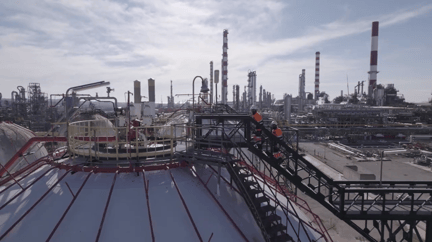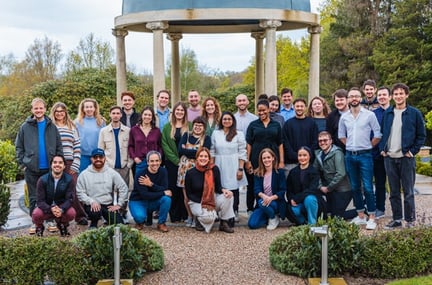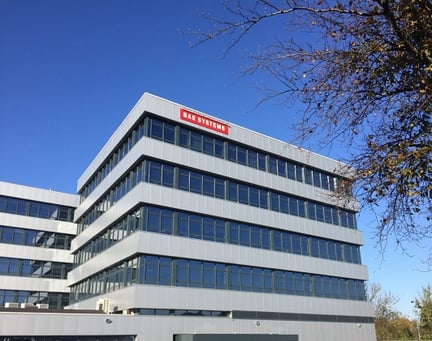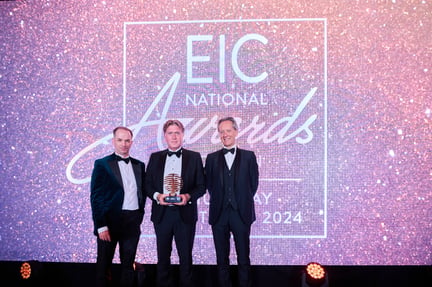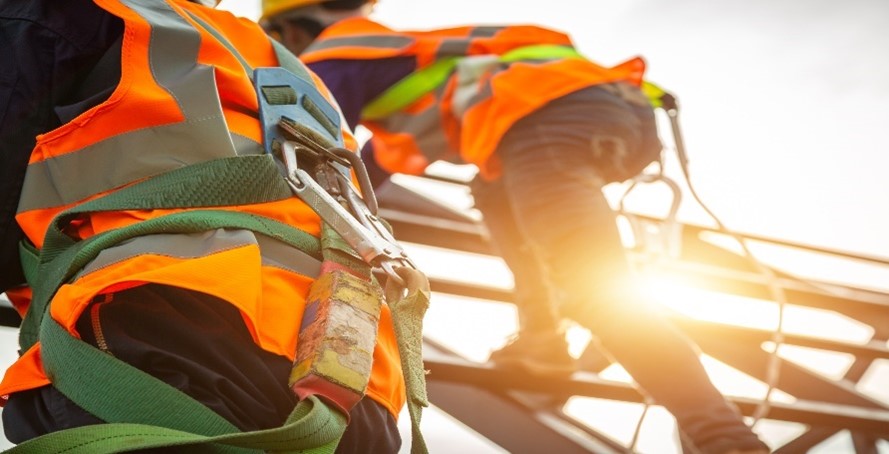
Safety Culture Ladder certification
Increase workplace safety awareness to minimise risk and reduce accidents
Maximize workplace safety with Safety Culture Ladder (SCL) certification
The Safety Culture Ladder is a standard designed to encourage continual improvement in occupational safety awareness and safe working practices within organisations. It provides a certifiable benchmark, which companies can use to assess their current level of progress in implementing effective safety practices.
A new version of the standard, SCL 2.0, was published in September 2023 and audits against the new standard began 1 January 2024. To find out more about the revision, view our FAQs.
The Safety Culture Ladder concept comprises five culture levels, so-called development stages, according to which the maturity level of a company is assessed. Companies can indicate through a self-assessment which level they are at and have this audited by LRQA.
Our services
Training
Build your knowledge of the Safety Culture Ladder with a range of courses designed for employees and audit professionals.
Gap Analysis
An optional service where our expert auditors offer valuable insights into what's working well and areas for improvement before conducting the official audit.
NEN Recognised Certification
Our independent two-stage process will confirm which Safety Culture Ladder your business complies with.
What is Safety Culture Ladder (SCL)?
The Safety Culture Ladder (SCL) is a standard designed to encourage continual improvement in occupational safety awareness and safe working practices within organisations. It provides a certifiable benchmark, which companies can use to assess their current level of progress in implementing effective safety practices.
A new version of the standard, SCL 2.0, was published in September 2023 and audits
against the new standard began 1 January 2024.
What are the benefits of SCL?
Minimise risk and reduce accident
The Safety Culture Ladder framework improves safety awareness, and the adoption of a more proactive approach reduces harmful accidents and situations.
Win new business
Safety awareness and performance are almost always requirements when tendering for business in the construction industry – as such, certification provides confidence in an organisation’s approach and demonstrates a commitment to transparency and continual improvement.
Relationship with Safety Management Systems
The Safety Culture Ladder supplements other occupational health and safety system standards, such as ISO 45001, as well as current rules, regulations, and guidelines. This drives a focus on systematically influencing company culture and behaviour outside of typical Management System requirements.
What's new in SCL 2.0?
Several changes can be seen in the new version of the standard, including removing technical or field-based references – which previously made the standard complicated for
businesses in certain sectors – more prescriptive descriptions and an improved assessment method and reports.
How are standard users affected by the changes in SCL 2.0?
Organisations with existing SCL 2016 certification will have until January 2025 to transition to the new standard. After 31st December 2024, certificates to SCL 2016 will expire or be withdrawn.
Until 31st December 2024, audits can take place against both the old version (SCL 2016) and the new version (SCL 2.0) of the standard. However, it is recommended that standard users transition to SCL 2.0 earlier than the final cut-off date of 31st December 2024 as certificates to SCL 2016 will expire on the 1st January 2025 and will no longer be valid.
SCL 2.0 transition period
From 1 January 2024 audits will begin to take place against the new version of the standards (SCL 2.0) and there will be a one-year transition period for certified clients.
How do I get started with SCL?
Approved self-assessment
The total contract value and the level of risk attributed to your area of work determine which certification route applies to your business.
Safety Culture Ladder Light statement
Safety Culture Ladder Light utilises a more comprehensive, web-based questionnaire which includes 233 questions. A positive result leads to a Safety Culture Ladder Light statement.
Safety Culture Ladder certificate
LRQA’s approach consists of two phases:
• Phase 1: Analysis of the scope and structure of the organisation, preparation of an audit plan and initiation of the audit report
• Phase 2: Initial certification, review of work practices and evaluation of all Safety Culture Ladder level issues.
Through interviews and observations, compliance with the minimum criteria for each Safety Culture Ladder tier is assessed. Depending on the outcomes, certification is awarded at the appropriate level. A certificate is valid for 3 years, and follow-up audits in years 2 and 3 are 40% of the original audit time.
LRQA is NEN recognised to deliver audits globally, and all audits are delivered in line with the requirements of ISO 17021 – the international standard which defines the best practice conformity assessment requirements that certification bodies must follow.
